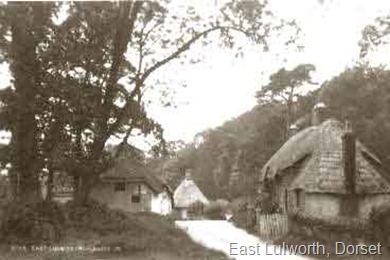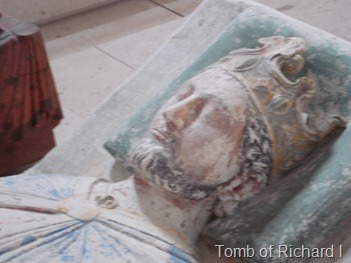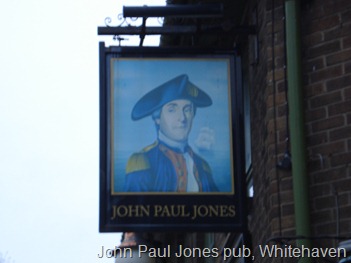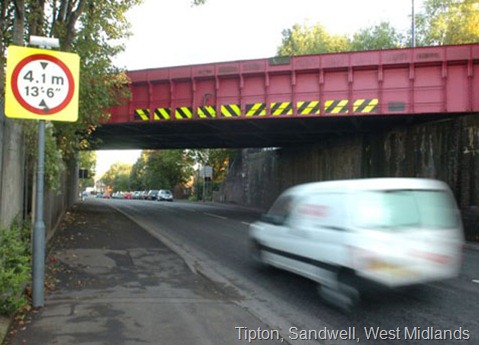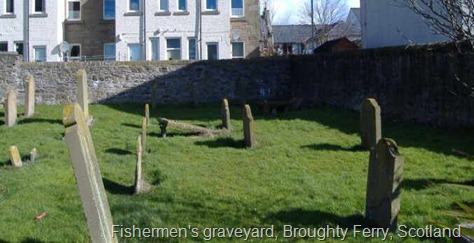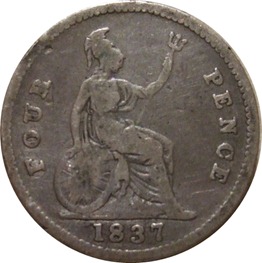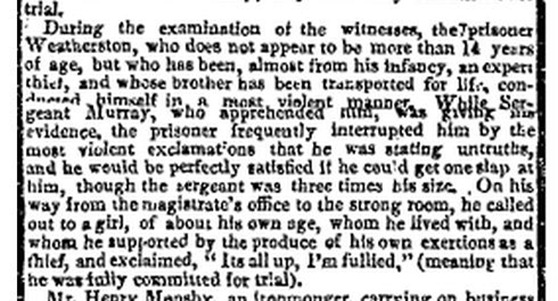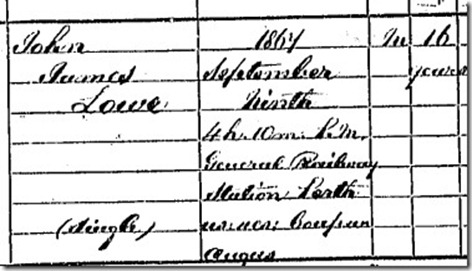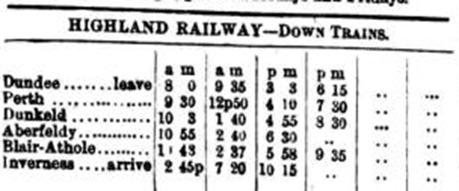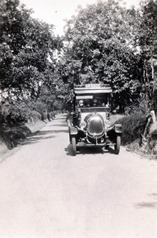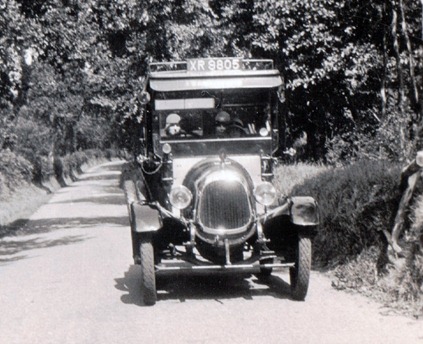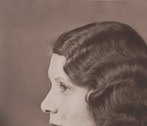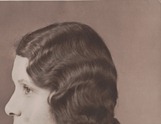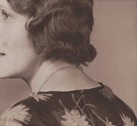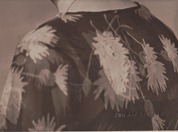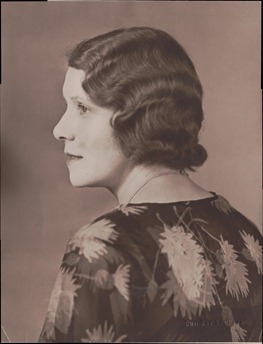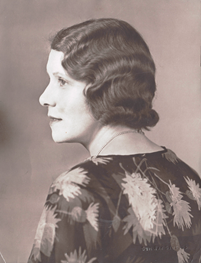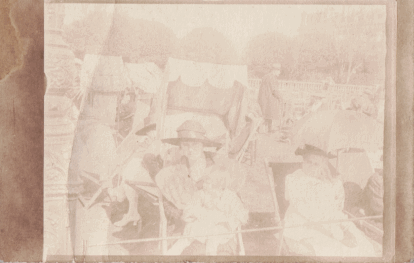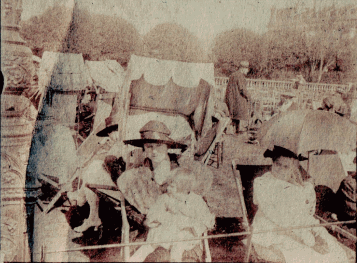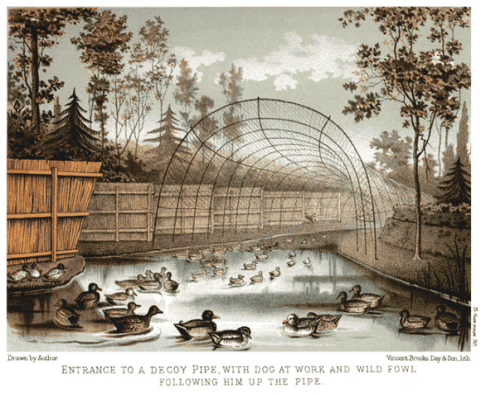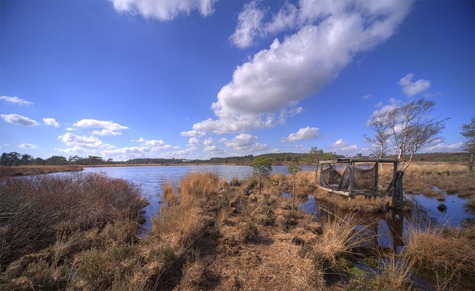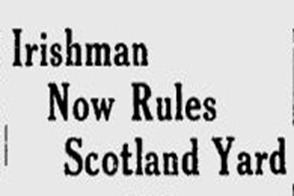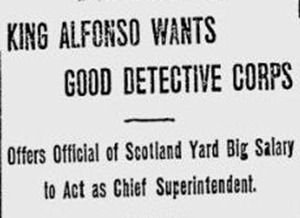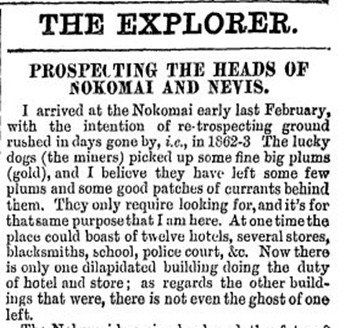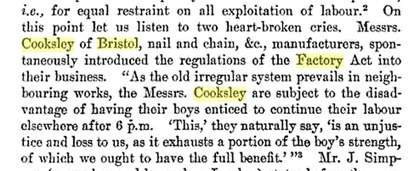A letter which my 2x great grandfather, Rev Frederick Davis, wrote to the Archbishop of Canterbury, Archibald Campbell Tait. It illustrates the many obstacles to becoming a clergyman in the mid 19th century, for someone without wealth or connections:
The Manor House
Northfleet
Kent
30 August 1875
My Lord Archbishop,
Two years since, I took the duty of ministering in the fields to the hop pickers at Ospringe, at the instance of Canon Griffin. On that occasion Mr G promised that he would always in future look to me first for such assistance, I having given him & his parishioners complete satisfaction. I was, then, surprized the other day to see him advertizing for such help, & wrote to him. His reply was the enclosed1.
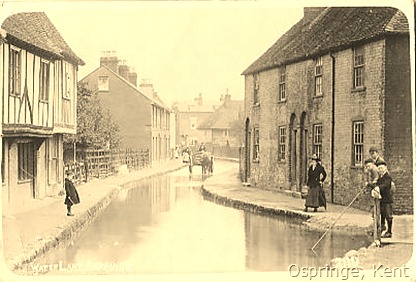
Now my Lord, for 12 years I have ministered in your diocese, with acceptance to clergy & people alike, in several cases with your Grace's written permission, & never have I given offence but once – to the Churchwarden2 at Offham, where I officiated for 4 months – by simply determining to do my duty & obey the law. At the death of the late Rector he desired me to make changes. This I positively refused to do, saying that, as a mere locum tenens, I had neither right nor authority to do so. He then quarrelled with me, and wrote me several ungentlemanly letters.

When in charge of Thurnham last year, I wrote to your Grace, asking you to renew your permission to me to officiate in your diocese, as your former permission had lapsed. Your reply was that I must first produce certain papers, which I could not clearly understand. The ordinary papers for the past three years I could certainly procure when necessary. But it seems to me that your lordship required papers from the diocese in which I was ordained, & from the Bishop thereof.

As I had then only one or two Sundays more employment in your diocese, & I knew not when I should be called upon to officiate therin again – for it has only been at long & distant intervals I have been so – I determined not to trouble your Grace, nor my friends, for papers till occasion should arise requiring them. Had then Canon Griffin sought my services I should certainly have at once complied with your Grace's requirements with great cheerfulness.
I now write to say that I can certainly procure the ordinary papers required by law, which I respectfully imagine are all your Grace can require. But papers from the diocese where I was ordained I cannot obtain for very satisfactory reasons, though I can send you a letter from the Bishop who ordained me, who though being dead yet speaketh. I send you herewith printed papers, the originals of which I can furnish if necessary, which will show you my history, & prove the truth of my allegations.
After serving to the best of my powers the Church, both in my own person & in those of my whole family, for many years, I was strongly recommended for ordination to the late Bishop of Exeter, who ordained & licensed me to the Curacy of S. John's Torquay. At this place I was living, keeping a school. I was a widower with eight children – but doing well with the school. I was to receive no stipend for my curacy – but the Incumbent sent me some half dozen scholars before my ordination on the ground that I trained them as choristers taking them to Church on all occasions.
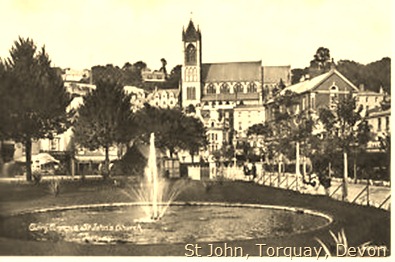
After my ordination he refused to pay me as before for the scholars holding that I was now as Curate bound to teach & train them. Added to this he was appointed Chaplain to the Cemetery and then insisted upon me taking nearly all the funerals. At Torquay, my Lord, these are, as probably you know, very numerous3 & I can say truly, that nearly every day of my life, Sundays not excepted, I had to walk three miles to the place, & three miles back so that in addition to taking the service, & often waiting, the half of every day was occupied. This naturally told upon my school which descended below paying point.
Having proceeded more than 12 months, & fearing that by getting into pecuniary difficulties I should bring disgrace upon the Church & myself, I petitioned the Bishop, who went thoroughly into the matter, to allow me to leave the diocese to come here, where there was an opening for a school & a prospect of success. With some hesitation, because he desired to make my Incumbent comply with his wishes, he released me giving me the enclosed letter. I was told by the Bishop's chaplain that that letter would satisfy any bishop, which it certainly did Bishop Wigram, when twelve years ago I showed it to him.
Now, my Lord, that Vicar of mine was obliged soon after my leaving him to resign the living, & is now non-est; the senior Curate seceded to Rome, & is now a Romish Priest in that neighbourhood, one Churchwarden is dead, & the other removed to where I cannot find him. Your Grace will now see that I can do no more than send you the letter of the late illustrious bishop.
Why I did not proceed to priest's orders is easily explained. When I came here I had no dependence but a small uncertain school to depend upon for the maintenance of myself & eight children. I was obliged to ? myself heartily with work interests to keep so many persons. Bishop Wigram offered to ordain me priest, if I could get the necessary title4. The title I was offered by several - but they could offer no stipend &, moreover, I must reside. Under the circumstances neither would suit, so I went on from that time to the present attending to my work here, & employing my Sundays as you will find from my printed papers.
The school was given up by me after several years in favour of keeping a Temperance Establishment2, which I was asked to undertake as being a man likely to carry it on successfully. This has gone well and I have now six inebriates of noble families & lineage. Hence – my Lord – being now 60 years of age5, with a great & responsible work upon my shoulders, I have not time to prepare for priest's orders & don't intend to seek them.
But being strong & able, I desire to serve the Church as I have always done, on Sundays, & with such views I seek canonical authority. I remain idle, & to cease officiating somewhere, or somehow, is utterly impossible; therefore, since I am entirely independent of the income I receive from the Church, which has never been more than an average of £50 in my life, I do hope & trust that your Grace will not force me to consider my position & duty in regard to doing God's work by refusing me the lawful & proper authority. I have never done anything to forfeit it, & I always conform to what is the rule of the Church to which I am called.
I would mention that I have two sons clergymen, another to be ordained in September, another at College with a view to orders; a son in law who was an officer in the army, now about to be ordained, that my daughters have been trained to be deaconesses, & that my wife, as the Bishop of Oxford6 will tell you, died in doing the Church's work.
With the above before me I must, with all humility, maintain that I have a right to work, with authority, in & for the Church I have so long laboured – & it will be a source of great thankfulness & pleasure to me to receive your Grace's license. If refused, the greatest stumbling block & discouragement of my life will be placed in my way, & I cannot yet see the result.
I write thus strongly because I am hurt by the writing of your Lordship's secretary to Canon Griffin.
I remain, my Lord, your faithful servant,
Frederick Davis
Source
Lambeth Palace Archives, Tait 207, Folio 206.
Notes
1. Now lost.
2. See previous post.
3. Torquay was evidently then, as now, popular with elderly retired people.
4. Appointment to an ecclesiastical living or benefice.
5. He was actually 54!
6. Frederick and his wife, Charlotte, had run the church school in the parish of Tardebigge, Worcestershire during the 1850s, whilst John Mackarness was vicar there.
